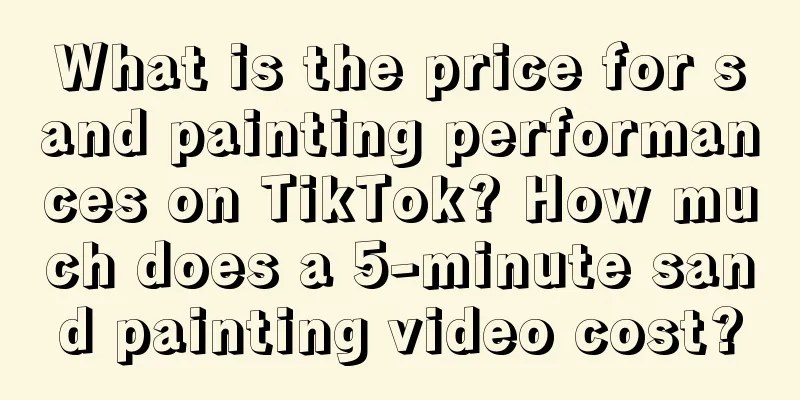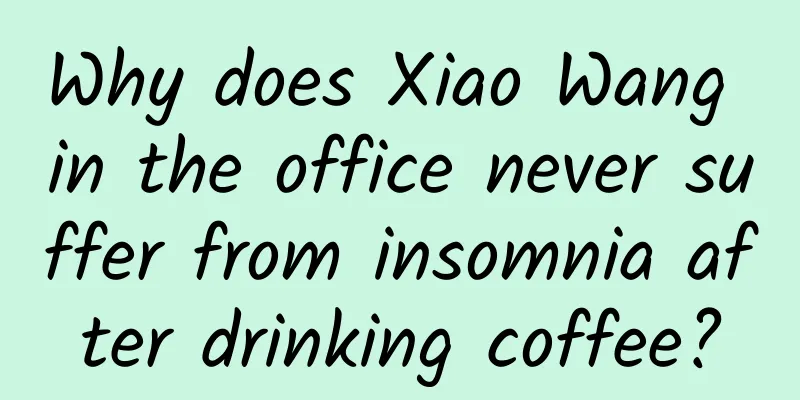OPPO Find7 Lite Edition Review

|
The OPPO Find 7 released this time includes a standard version and a light version. The standard version has a 2K screen configuration, a processor of MSM8974AC 2.5GHz version, 3GB RAM and 32GB ROM, and a battery capacity of 3000mAh; while the light version has a 1080p screen configuration, a processor of MSM8974AB 2.3GHz version, 2GB RAM and 16GB ROM. The battery capacity of the standard version is 200mAh larger than that of the light version. In terms of commonalities, both can support 128GB ultra-large external storage cards, support five-mode and ten-band dual 4G networks, and have the same camera configuration. As a continuation of the Find series, OPPO Find 7 follows the design style of Find 5 to a certain extent in appearance; if you don't pay attention to the changes in details and thickness, it is not an exaggeration to say that it is an enlarged version of Find 5 (5.5 inches vs. 5 inches). Of course, if it is simply enlarged, it cannot be considered a qualified iterative product. OPPO Find 7 still has significant differences from Find 5 in appearance. The first one should be the skyline breathing light. "Breathing light" is still very common on smart phones as a part of the function such as reminding incoming calls, but it is rare to see a colorful design and beautiful functions. The ribbon design of Sony Xperia series is a classic of the generation. This time, Find 7 also brings a breathing light called skyline. However, it is difficult for us to describe how beautiful it is, just look at the picture. Find 7 also continues the concept of the screen-off aesthetics of Find 5. The black and bright panel and the frame of the screen-off aesthetics in the 2.0 era are more harmoniously integrated; compared with Find 5, the chin design at the bottom of OPPO Find 7 is more slender. As for the side feeling, OPPO Find 7 is thinner than Find 5 in thickness, and the side adopts a linear design. Two slender and delicate silver lines surround the body, and the metal-textured buttons and the mechanism for opening the back cover are located between the two decorative lines. The OPPO Find 7 standard version and light version just released are both in two-color design. The black standard version uses carbon fiber weaving on the back, while the light version white version we got has a diamond texture design. It feels great and fingerprints are hard to show, but it is a bit dirty, but it is also very easy to clean. In addition, the back cover adopts a slightly bulging middle and tightened arcs at the four corners, which is also for the consideration of one-handed grip. The back cover is also equipped with a 13-megapixel stacked camera and dual LED flash. However, the dual lights do not have the function of cold and warm color temperature light output like the iPhone 5s/5c we have seen, but the fill light function (i.e. always on when taking pictures) can be regarded as a feature inherited from the OPPO N1. Unlike Find 5 and OPPO N1, the back cover of Find 7 is detachable. You need to press the metal contact point on the lower right corner of the body with a needle to open the back cover. But we really don't know what the difference is between the complicated steps and the groove that can be directly designed to be opened... The back cover of Find 7 Light Edition has a built-in 2800mAh capacity battery (3000mAh for the standard version), as well as microSD card slot and microSIM card slot. As for the network, as a "4G all-round flagship", both versions of Find 7 naturally provide five-mode and ten-band support; in addition to the traditional TD-SCDMA and WCDMA (roaming available) 3G networks, it also supports the TD-LTE network jointly launched by several major operators and the FDD-LTE network that has not yet been issued. In terms of system, OPPO Find 7 still uses the currently very mature Color OS. The underlying Android version is 4.3 and Color OS has also been upgraded to 1.2. The battery technology previously known as the "black technology" of Find 7 was also unveiled yesterday. As we expected, it is not a breakthrough in battery technology, but a way to solve the battery life problem in a roundabout way - low-voltage fast charging "flash charging". Officials said that this "VOOC flash charging" technology, which is independently developed by OPPO and is currently the fastest and safest charging technology in the world, can restore the power of OPPO Find 7 from 0 to 75% in just 30 minutes, and charging for 5 minutes can keep Find 7 talking for 2 hours; after our simple trial, this is true. OPPO Find 7 uses a 13-megapixel imaging element to take 10 frames of photos in an instant, and selects the best performing pixels to splice and synthesize them into 50-megapixel-level photos; this is called the "ultra-clear picture quality mode" in Find 7. As for whether such synthesis is a gimmick, and how effective is it? Before posting the sample photos, here are two comparison pictures. The left one is the normal 13-megapixel mode, and the right one is the 50-megapixel mode. Both are zoomed in to the same angle of view. As an all-around flagship, the two versions of OPPO Find 7 have inevitably been upgraded to the top in core hardware such as the processor. Both Find 7s use Qualcomm Snapdragon 800 series SoCs, but the specifications are different. The update of OPPO Find 7 is both expected and unconventional. As expected, the hardware level of a flagship phone should not be underestimated. However, this time, not only the core hardware of Find 7 is top-notch, but also the areas that may cause shortcomings such as RAM and ROM specifications are considered more comprehensively. Unconventional naturally refers to the refreshing camera technology and flash charging technology. Fortunately, neither of them has become a gimmick. Not only does the flash charging have the ability to fully charge a battery of nearly 3000mAh in 1 hour, but the 50-megapixel photos can also easily beat the 13-megapixel in terms of clarity. As a winner of Toutiao's Qingyun Plan and Baijiahao's Bai+ Plan, the 2019 Baidu Digital Author of the Year, the Baijiahao's Most Popular Author in the Technology Field, the 2019 Sogou Technology and Culture Author, and the 2021 Baijiahao Quarterly Influential Creator, he has won many awards, including the 2013 Sohu Best Industry Media Person, the 2015 China New Media Entrepreneurship Competition Beijing Third Place, the 2015 Guangmang Experience Award, the 2015 China New Media Entrepreneurship Competition Finals Third Place, and the 2018 Baidu Dynamic Annual Powerful Celebrity. |
<<: ASUS PadFone mini full review: one device plays two roles
Recommend
Offline payment war among giants: WeChat's offensive is fierce, while Alipay survives in adversity
Under the fierce attack of WeChat for two consecu...
Inventory of marketing cases of big-name manufacturers in Q1 2021
Spring is here and summer is approaching. In the ...
Don't bend: Fighting nation boycotts iPhone 6
Editor’s Note: Compared with the enthusiasm of Ce...
Colorful data! 13 reliable and practical infographic creation tools
How to display a large amount of data and informa...
The secrets of the death of smart hardware startups
This article is transferred from: Channel Help Sh...
The Gansu earthquake also triggered another disaster...
At 23:59 on December 18, a 6.2-magnitude earthqua...
Android Mirror App A programmable mirror
Let’s first take a look at the mirror in my home ...
Programmer Algorithm Basics - Greedy Algorithm
Preface Greed is an inherent ability of human bei...
How to make a 400 call? How much does a 400 call cost?
400 telephone numbers can enhance a company's...
Have cockroaches in Guangdong "evolved"? This speculation is unscientific!
According to Guangdong Radio and Television Stati...
It's so annoying! Static electricity always occurs in winter. Is there anyone who can take care of it?
I was shocked when I opened the door and got shoc...
iOS version of WeChat upgrade supports changing WeChat name: there is also an independent switch for dark mode
Previously, the Android version of WeChat already...
“False Effort Trap” – Can I feel at ease only if I am busy?
For many people who work overtime, "being an...
Birthday wishes for African friends, is the black people’s birthday wishes video real?
Recently a group of children who made creative bi...
Douyin promotion: Douyin classification and monetization methods
Tik Tok. A very popular short video APP with a ve...









